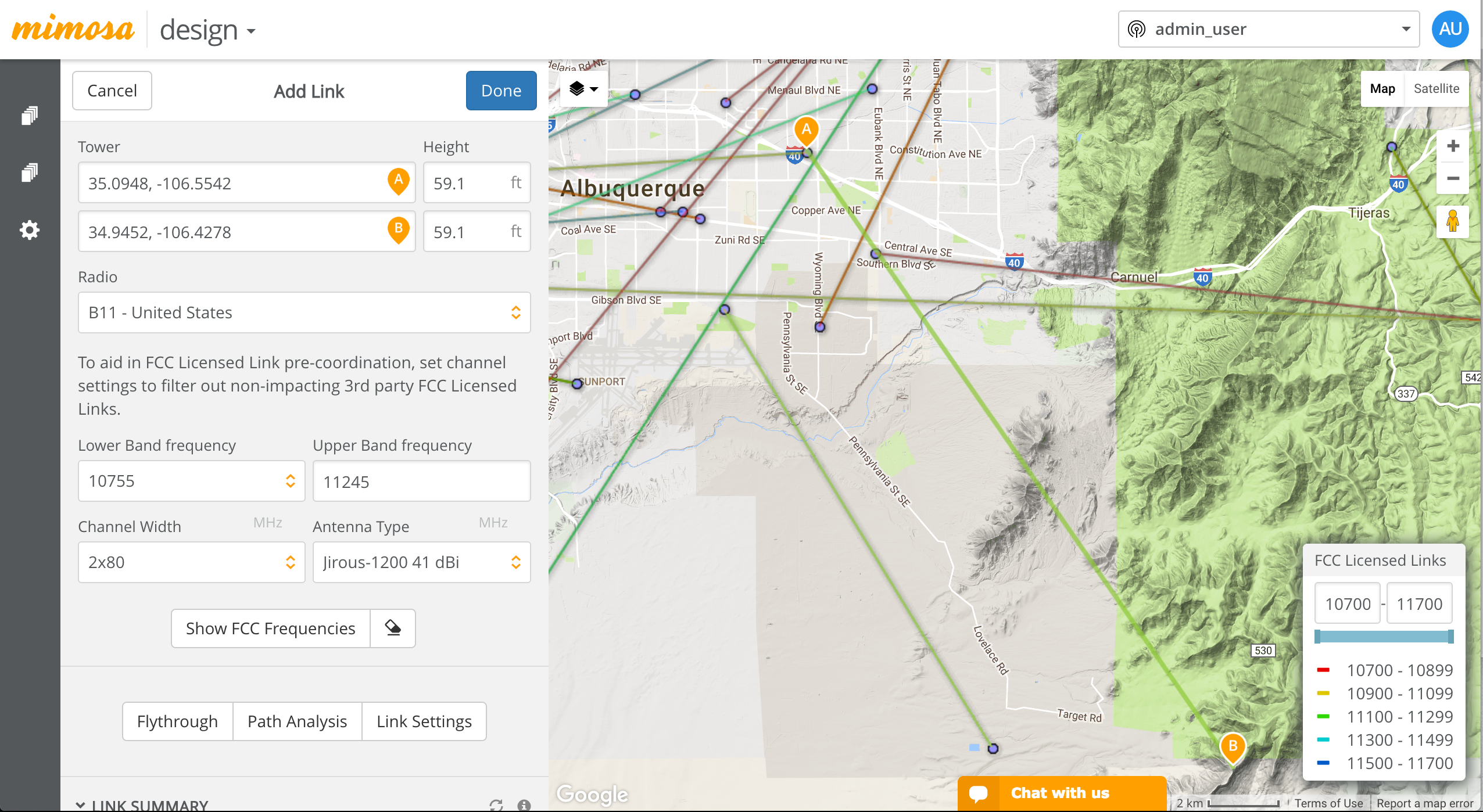Introducing Mimosa 5G Fixed Wireless
It’s incredibly fitting as Mimosa celebrates our 5th anniversary this month that we today launch our eagerly anticipated 5G Fixed Wireless solutions.
It’s incredibly fitting as Mimosa celebrates our 5th anniversary this month that we today launch our eagerly anticipated 5G Fixed Wireless solutions.
In 2016 we witnessed an unprecedented change in direction for internet access in America, as the most prominent ISPs in the country continued to back-off their fiber plans. This is making way for new fixed wireless technologies as the final connection to consumers in the last-mile.
Unfortunately, all useful wireless spectrum has been allocated, so the important next step is to identify underutilized spectrum that could be re-allocated or shared, to keep up with demand for internet access.
We addressed the operating environment for Mimosa products in a previous Tech Tuesday blog post. As a refresher, our products are tested and rated for outdoor operation in the temperature range -40°C to +55°C (-40°F to 131°F). One thing we didn’t cover was the internal temperature of our devices and how this should be interpreted.
What is link availability and what do the numbers tell you?
When you design a radio link, you have to ensure the availability meets the needs of the applications running over the air. Today’s wireless networks consist of many layers, each one having a different function. They work together as a system to provide connectivity for the end user.
The broad availability of unlicensed spectrum for outdoor use has fostered the growth of wireless service providers offering services that are competitive with legacy fixed wireline services. But the reliability of a wireless network can be threatened by the shared nature of unlicensed spectrum. The explosion of Wi-Fi capable end user devices that operate in the same 5 GHz spectrum that is used by WISP and enterprise users, plus the proliferation of other WISP users with similarly high-power outdoor products, presents challenges in ensuring network performance and uptime.
With copper and fiber-based deployments clearly slowing down, it seems a foregone conclusion that wireless technologies will be the new delivery mechanism to meet consumer demand for fiber-fast internet.
Mimosa stimulated this emergence of the fixed wireless era by building innovative wireless technologies that scale in high-density suburban and city environments, where over 80% of the American population resides. These types of networks, however, depend on available and affordable spectrum to deliver the promise of a wireless future.
With the launch of our first Part 101 licensed radio, the Mimosa B11, we set out to provide you with the fastest and most affordable 11 GHz radio on the market. We also wanted to simplify the license coordination process. If you are an operator located in the United States, you can now login to our network design tool, plan your link and submit it for coordination.

Many of you may have read about the Loma fire that started in California’s Santa Cruz mountains on September 26, 2016, destroying many buildings and threatening several tower locations. Two of the tower sites, heavily used as a primary route for telecommunications and Internet traffic, were surrounded by flames that damaged generators, melted AC lines, and engulfed radios mounted less than 6m (20 feet) AGL. Mimosa uses these sites as a primary route for providing Internet service to both our headquarters building, and to several test sites with live users on both sides of the mountains.
Every installation is unique, which is why flexibility in mounting approach is critical. In the category of tooting our own horn, the Mimosa FlexiMount is the most flexible, compact mount available, allowing attachment to any vertical or other angled pole or any flat surface.
When it comes to mounting, you never know quite what you’ll need until you’re on-site. Whether it’s utility poles, stop lights, house siding, or angled rooftops, the FlexiMount easily tackles them all.
One of the underlying principles of Mimosa is to build the sort of company that we ourselves would want to deal with. Crucial to delivering a high-quality customer experience is support. Online help and community forums are table stakes in the wireless networking space. They’re certainly important for those that want to self-support or to interact with other users, and that is why we invest a lot of time into these channels. We’ve taken it one step further and offer live online support provided by a seasoned team that covers pre and post sales.